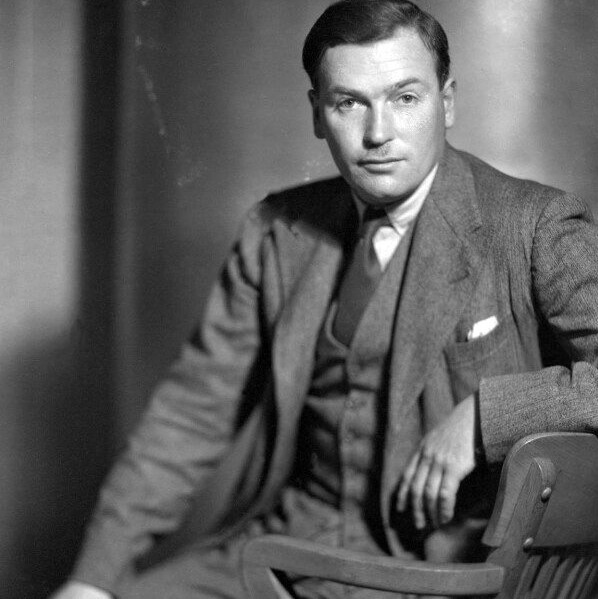
Richard Adlington. Writer & Poet – Famous OD’s Profile
Richard Aldington (8 July 1892 – 27 July 1962), born Edward Godfree Aldington, was an English writer and poet, and an early associate of the Imagist movement.
#RichardAldington‘s 50-year career included work in poetry, novels, criticism and biography. He edited The Egoist literary journal and wrote for magazines such as The Times Literary Supplement, Vogue, The Criterion and Poetry. His biography of Wellington (1946) was awarded the James Tait Black Memorial Prize. His circle included writers and critics such as T. S. Eliot, D. H. Lawrence, Ezra Pound, W. B. Yeats, Lawrence Durrell and C. P. Snow. He championed Hilda Doolittle as the major poetic voice of the Imagist movement and helped to bring her work to international notice.
Aldington was born in Portsmouth, the eldest of four children, and was the son of a solicitor. Both of his parents wrote and published books, and the home held a large library of European and classical literature. As well as reading, Aldington’s interests at this time, all of which he continued in later life, included butterfly-collecting, hiking, and learning languages – he went on to master French, Italian, Latin and ancient Greek.
He was educated at #DoverCollege leaving the college in 1910, then #UniversityofLondon. He was unable to complete his degree because of the financial circumstances of his family caused by his father’s failed speculations and ensuing debt.
Supported by a small allowance from his parents, he worked as a sports journalist, started publishing poetry in British journals and gravitated towards literary circles that included poets William Butler Yeats and Walter de la Mare.
In November 1912 he had three of his poem’s published in a magazine titled ‘Poetry’. Harriet Monroe’s who owned the magazine, noted “Mr Richard Aldington is a young English poet, one of the “Imagists”, a group of ardent Hellenists who are pursuing interesting experiments in veers liber.”
She considered the poem “Choricos” to be his finest work, “one of the most beautiful death songs in the language” “a poem of studied and affected gravity”.
In June 1916 he ‘joined up’ and was later commissioned as a second lieutenant in the #RoyalSussexRegiment (November 1917). He finished the war as a signals officer and temporary captain, being demobilised in February 1919.
He may never have completely recovered from the war, writing of his own field experiences in the collections ‘Images of War and Images of Desire’ (1919), which were suffused with a new melancholy.
He ended the war feeling disconsolate about his own talent as a poet. ‘Exile’ and Other Poems (1923) also dealt with the process of trauma. A collection of war stories ‘Roads to Glory’, appeared in 1930. After this point he became known as a critic and biographer.
In later life he lived in En-Vaux, Cher, France, from 1958. His last significant book was a biography of the Provençal poet and Nobel winner Frédéric Mistral (1956).
He died in Surrey on 27 July 1962, shortly after being honoured in Moscow on the occasion of his seventieth birthday and the publication of some of his novels in Russian translation.
His works became very popular in the USSR in his lifetime, and is buried in the local cemetery in Surrey.
On 11 November 1985 he was among 16 #GreatWarpoets commemorated in stone at #WestminsterAbbey‘s #PoetsCorner. The inscription on the stone is a quotation from the work of a fellow #GreatWar poet, Wilfred Owen. It reads: ‘My subject is War, and the pity of War. The Poetry is in the pity.’
